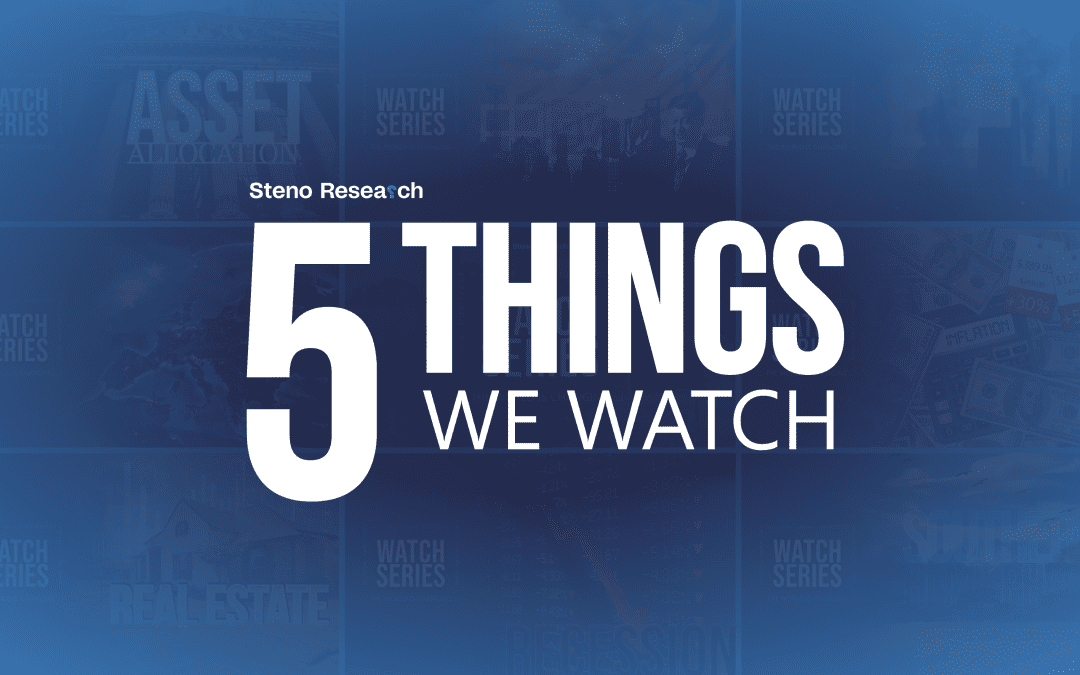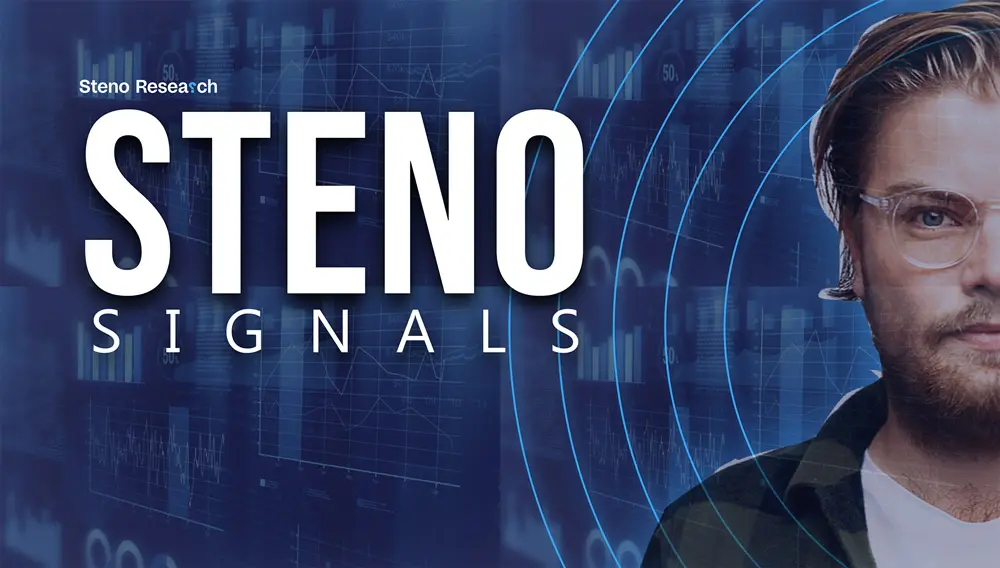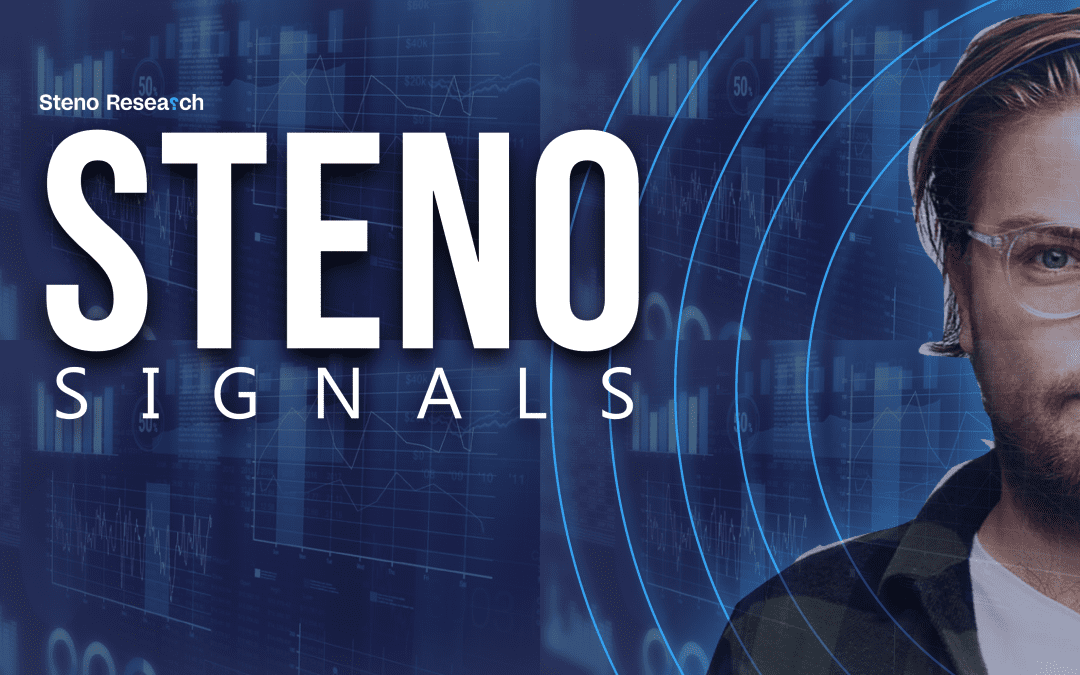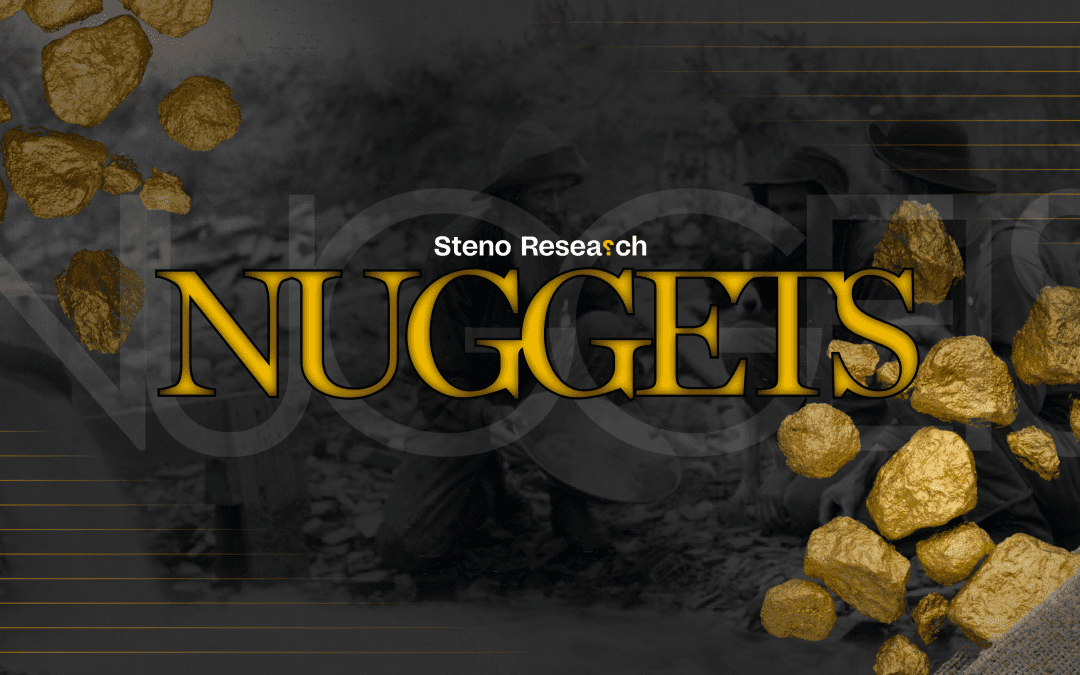While economic data hasn’t been as strong as one would have hoped for, there are plenty of signs that risk assets and equities in general will do well in the coming time, which brings hot inflation prints and higher liquidity. Macro is interesting as always!





